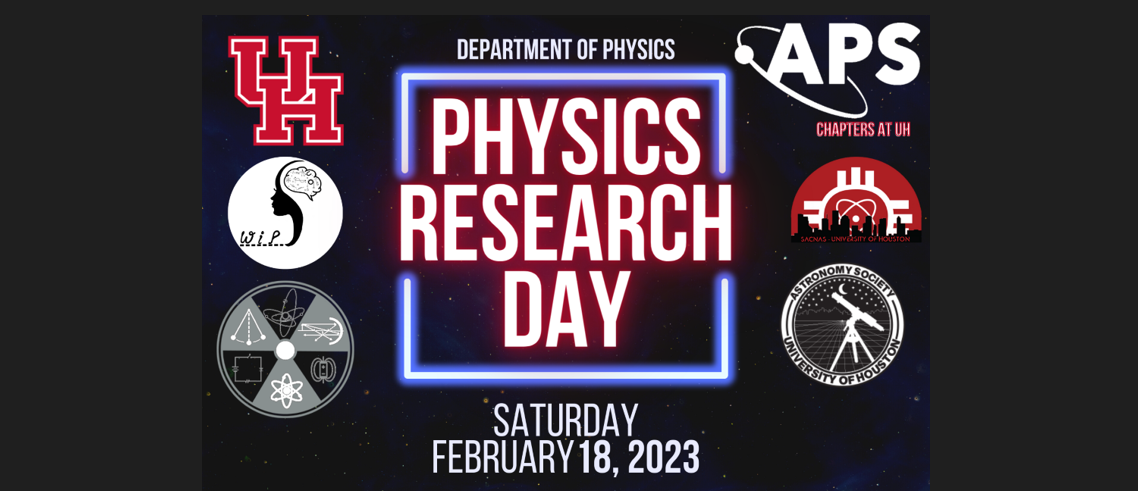Speaker
Description
Understanding light-semiconductor interaction is critical for the development of absorbers for efficient solar energy to electrical or chemical energy (fuel) conversion. Numerical simulation methods are often used to support experimental results and explain various optical phenomena in materials. The finite Difference Time Domain (FDTD) method has emerged as a tool for simulating and modeling different materials with unique optical properties (e.g., photonic band gap materials and plasmonic nanostructures). Nonetheless, the method has not been proven effective in yielding an acceptable agreement between simulated optical properties including transmittance and reflectance, and the experimental results for polycrystalline nanostructures and thin films. We have solved this problem by accounting for the majority of the scattering that happens in these nanostructured materials. With our method, we could simulate the optical properties of semiconducting films and nanomaterials of different morphologies and dimensions used as absorbers in solar cells and PEC water-splitting devices. The results obtained through simulations were in excellent agreement with those determined experimentally. In this presentation, we discuss the details of our model using titania nanotubes as a case study.
| Academic year | 3rd year |
|---|---|
| Research Advisor | Oomman Varghese |
